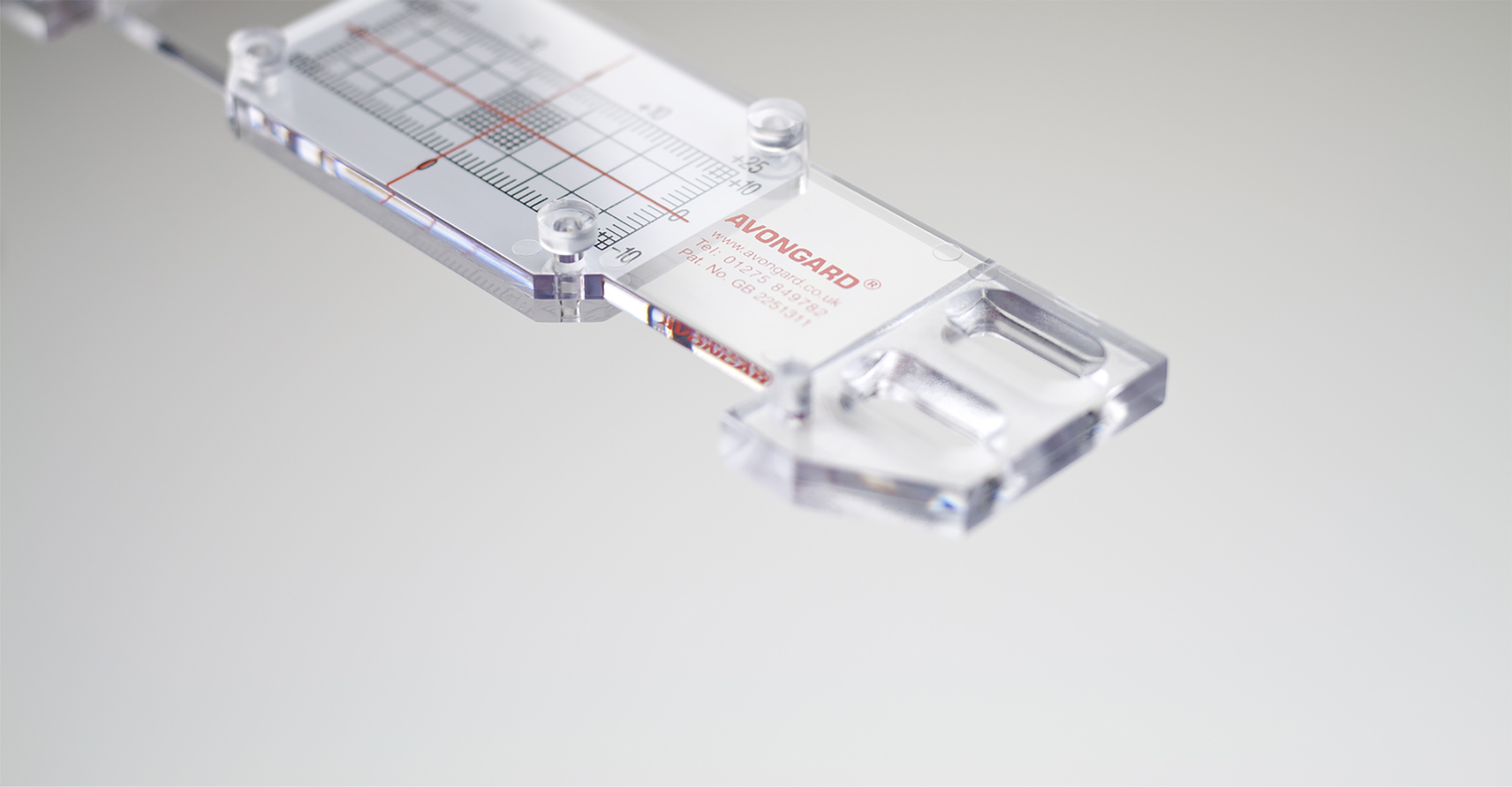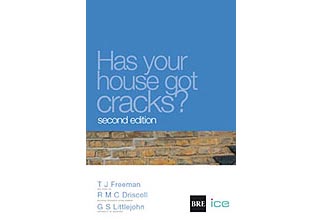
Guide to Subsidence
Back to AccessoriesThis guide was commissioned by the Institution of Civil Engineers and the Building Research Establishment to provide practical guidance for homeowners whose properties have been affected by subsidence, or heave, or who are concerned by the potential risk of damage.
The first, best-selling, edition dealt specifically with the problems associated with properties founded on shrinkable clay soils, and was reprinted many times. The second edition has been expanded to include sections on other types of subsidence and causes of damage that are unrelated to foundation movement. It also looks at the potential problems that can arise when buying or selling a property that has previously been affected by subsidence.
Contents:
- Frequently asked questions
- Introduction
- Causes of cracking
- Causes of subsidence and heave
- How your house is built
- Preventing Damage
- Subsidence to a neighbouring property
- Recognising subsidence damage
- Making a claim
- The investigation
- Monitoring
- The solution
- Does my house need to be underpinned?
- Different types of underpinning
- Having the work done
- What if things go wrong
- Buying and selling
- References
- Appendix A: Glossary of Technical Terms
- Appendix B: Relevant organisations
- Appendix C: Foundation and Superstructure Design
